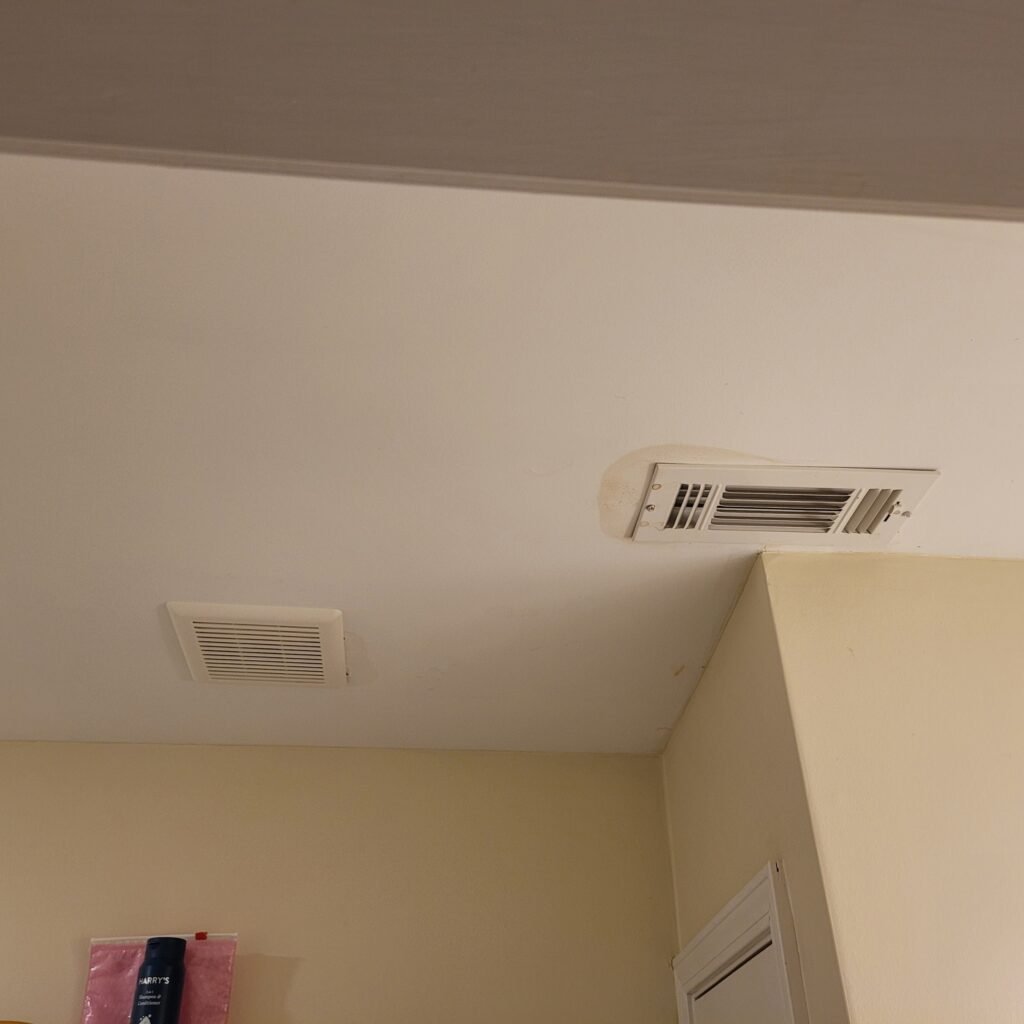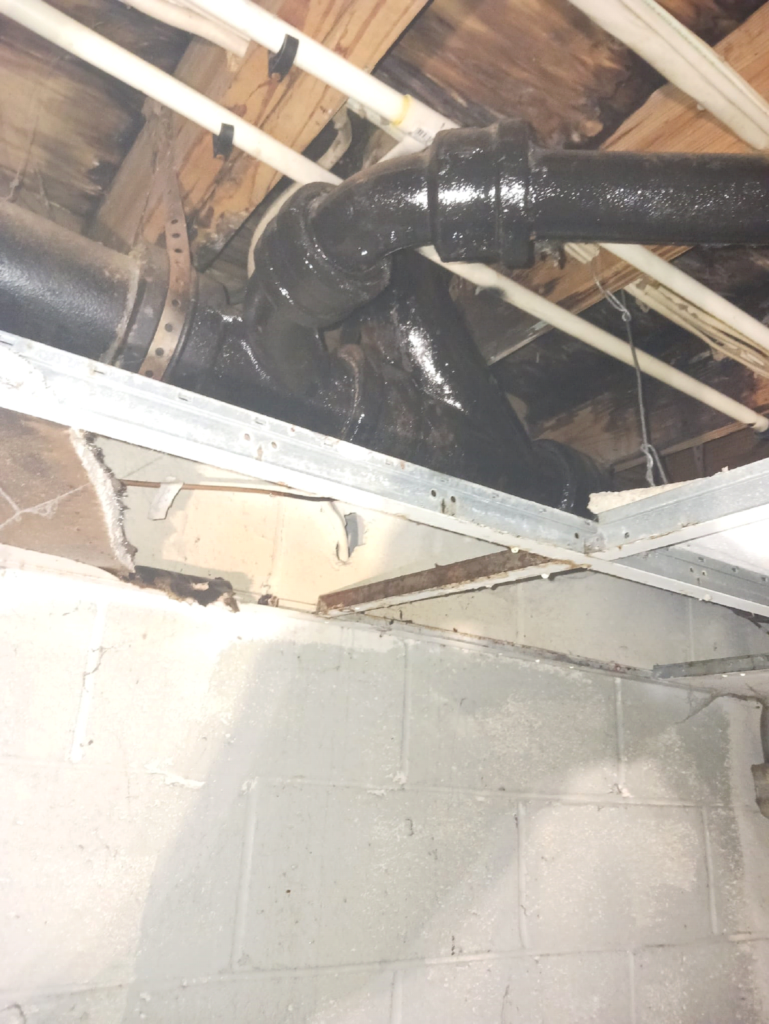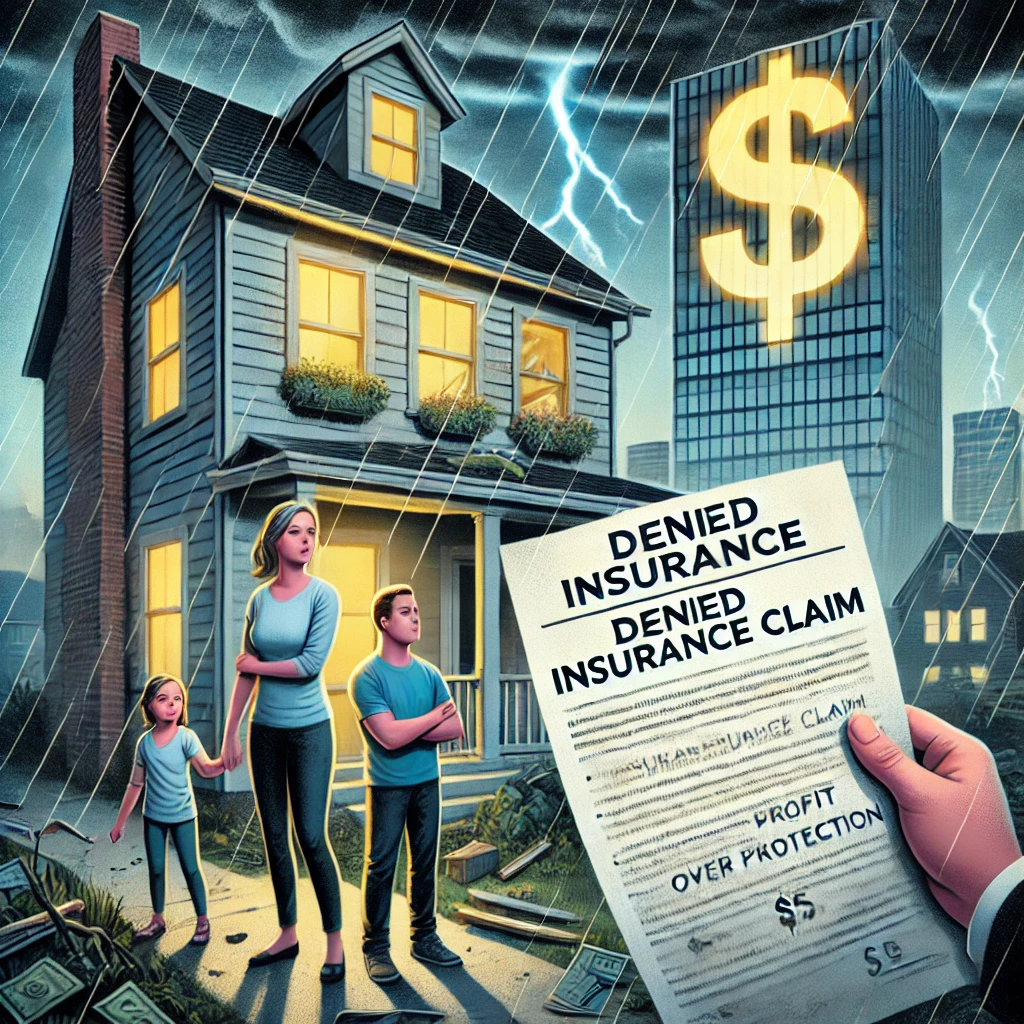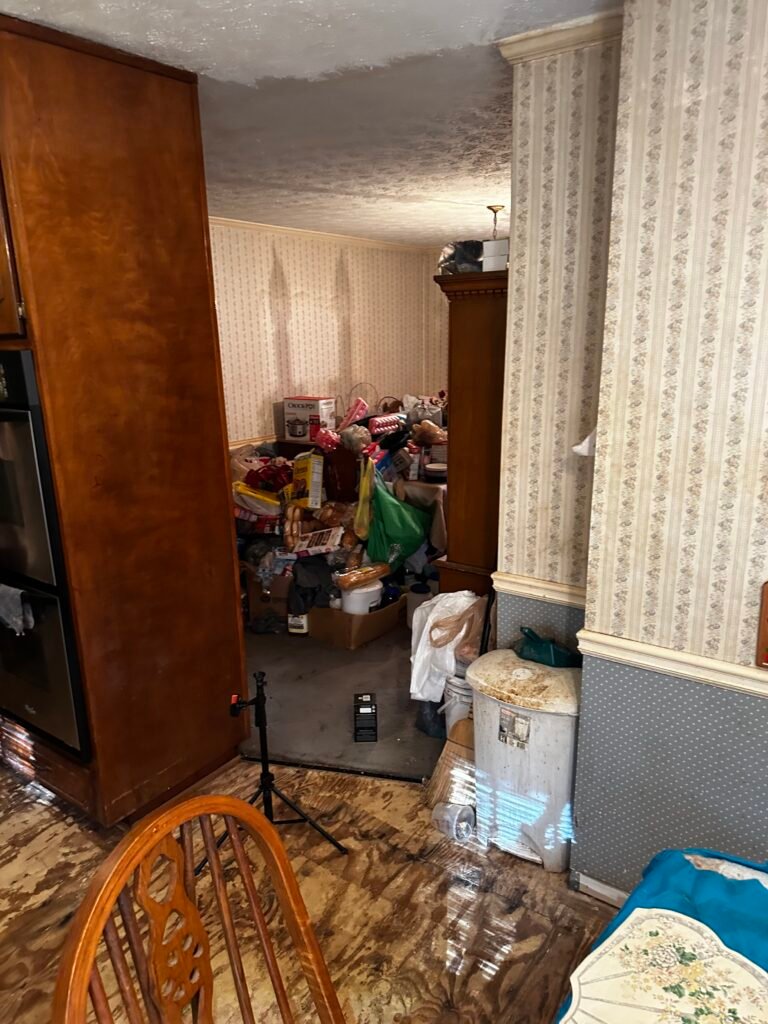This article will give you a better understanding of claims and insurance. Iy you have questions, we recommend a FREE strategy call with our public adjuster.
The Basics of Claims & Insurance
Insurance is a vital tool that provides financial protection against unexpected events. Homeowners, auto owners, and businesses all rely on insurance to mitigate risks associated with property damage, accidents, and other potential losses.

When a covered event occurs, such as a fire, theft, or storm, a claim is filed to request compensation from the insurance company. Understanding how insurance claims work is crucial for both policyholders and those who wish to make the most of their coverage when needed.
Understanding Insurance Policies
An insurance policy is a contract between the policyholder and the insurer. The policy outlines what risks the insurer will cover, how much compensation the policyholder is entitled to, and the terms under which claims can be made.
Did You Know? Policies typically include:
- Coverage Limits: The maximum amount the insurer will pay for a claim.
- Deductibles: The amount the policyholder must cover before the insurance kicks in.
- Exclusions: Specific risks or events not covered by the policy.
For example, a homeowners insurance policy might cover damage caused by fire, wind, hail, or theft, but exclude damage from floods or earthquakes. Understanding these terms is the first step in ensuring that a claim is made correctly and will be approved.
The Insurance Claims Process

The claims process begins once the policyholder experiences a loss or damage. Whether it’s damage to a home, car, or business, the general steps to file a claim are largely similar, though the specifics may vary by insurer.
Here’s a typical breakdown of how to claim the insurance coverage:
1. Reporting the Claim
The first step in filing a claim is to notify the insurance company. This can usually be done through:
- Online Portal: Accessible via the insurer’s website.
- Mobile App: A convenient option for reporting claims and tracking progress.
- Phone: Calling a dedicated claims hotline.
It’s essential to report the incident as soon as possible to avoid complications or delays. The insurer will ask for basic information such as the policy number, the type of claim, and the details of the event.
2. Documenting the Damage

After reporting the claim, documenting the damage is crucial. Policyholders should:
- Take photographs or videos of the affected area.
- Gather repair estimates.
- Keep receipts for any immediate repairs or temporary fixes.
- Obtain police or fire reports, if applicable.
Thorough documentation ensures the insurance company fully understands the scope of the damage and can process the claim accordingly.
3. Insurance Adjuster Assessment
Once the claim is filed, an insurance adjuster is often assigned to assess the damage. Their role includes:
- Inspecting the property.
- Estimating the cost of repairs.
- Determining the amount of compensation the insurer will offer.
Adjusters review the documentation provided and may ask for additional information. In some cases, they may offer a settlement immediately, while further evaluation may be needed in others.
4. Approval or Denial of the Claim

After the adjuster’s assessment, the insurance company will decide whether to approve or deny the claim. If approved, the insurer offers a settlement, which typically covers repair costs, replacement value, or the actual cash value of the damaged property, depending on the policy.
If the claim is denied, the insurer provides an explanation. Common reasons for claim denials include:
- Policy exclusions.
- Failure to meet the deductible.
- Insufficient documentation.
Policyholders can appeal the decision or negotiate for a better settlement.
5. Receiving the Payout and Repairing the Damage
If the claim is approved, the insurance company issues a payout to the policyholder or directly to the contractors handling repairs. Depending on the nature of the claim and the policy, the payout may be a lump sum or provided in installments. Once the funds are received, repairs or replacements can begin.
Disputes and Underpayment

In some cases, homeowners may feel that the payout is insufficient or that the adjuster undervalued the damage. This can happen if the adjuster overlooks certain aspects of the damage or if there’s a misunderstanding about the terms of the policy.
If a homeowner believes they are being underpaid, they can seek help from a public adjuster—a professional who advocates on behalf of the homeowner and can help negotiate a higher settlement. Policyholders can also appeal to the insurance company or involve a lawyer if they feel the claim was mishandled or denied unjustly.
How Do Insurers Get Away with Underpayment?
A 60 Minutes investigation revealed that some insurers alter damage reports to underpay claims. The segment titled “Florida Insurance Carriers Used Altered Hurricane Damage Reports, Whistleblowers Say” exposed how adjusters in Florida claimed that insurance companies manipulated reports to underpay homeowners after Hurricane Ian.
Here’s the Secret:
Many homeowners accept the first offer from an insurance company without realizing they might be entitled to more.
Adjusters may miss certain damages or overlook details that increase the cost of repairs.
Preventing Underpayment and Common Mistakes
To prevent underpayment:

- Document Everything: Take detailed photos, gather repair estimates, and save receipts.
- Understand Your Policy: Familiarize yourself with the policy’s exclusions and deductible.
- Hire a Public Adjuster: They independently assess the damage and advocate for fair compensation.
A common mistake is misunderstanding the policy terms.
For instance, flood damage is often excluded from standard homeowners insurance policies. Being aware of these exclusions upfront can prevent surprises during the claims process.
Conclusion
The claims process plays a critical role in ensuring homeowners and other policyholders are fairly compensated for their losses.
While the process is generally straightforward, understanding the details of the policy, documenting damages thoroughly, and working with experts like public adjusters can help homeowners avoid underpayment and ensure they receive the compensation they deserve.
Don’t settle for less—know your rights and maximize your claim.

